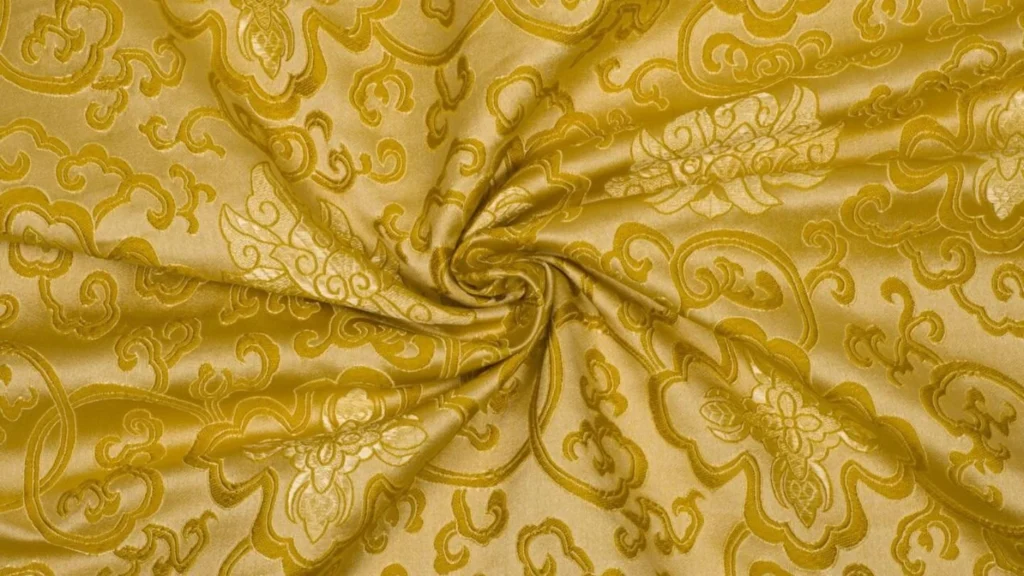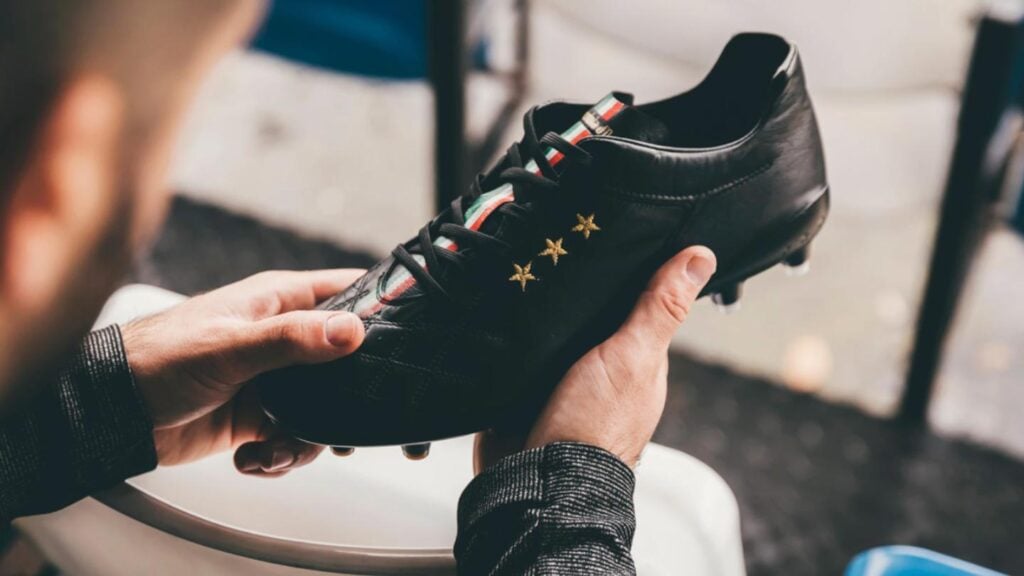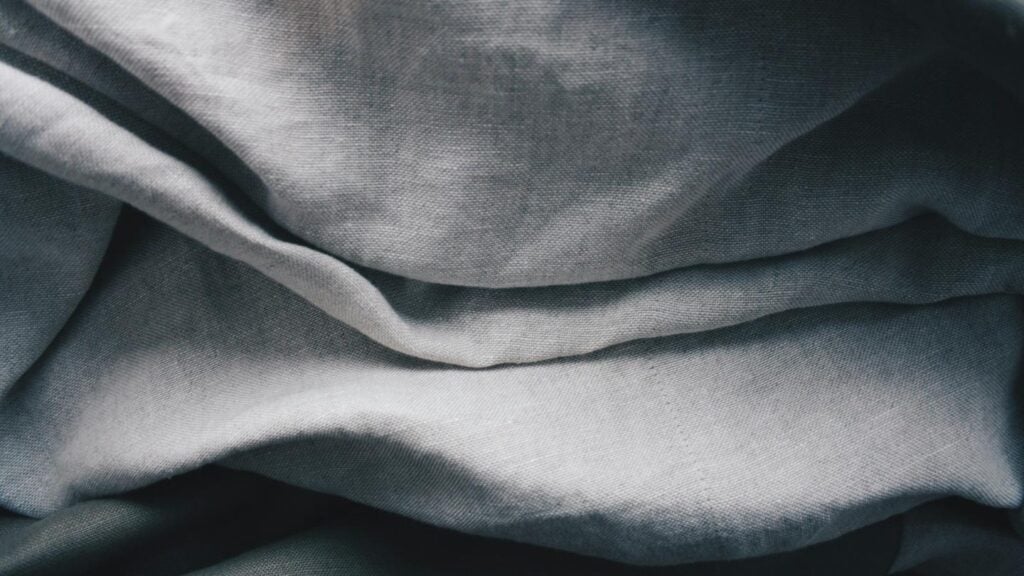2 – Batiste Fabric Composition
3 – Batiste Fabric vs Other Fabrics
4 – Batiste Fabric Is Manufactured
5 – Common Uses in Fashion
6 – Understanding the Environmental Impact of Batiste Fabric
7 – Exploring Price Points and Value for Money
8 – Conclusion
9 – FAQs
What is Batiste Fabric?
Batiste fabric is a lightweight, finely woven textile known for its smooth texture and delicate appearance. It is commonly made from cotton but can also be found in blends with linen, silk, or synthetic fibers. The fabric’s lightness and breathability make it an ideal choice for warm weather clothing, as well as delicate applications like lingerie and baby garments. Historically, Batiste originated in France in the 18th century, where it was initially crafted from linen. Over time, cotton became the dominant fiber used due to its softness and ease of production. Today, Batiste is often used for making garments that require a soft, airy feel, including blouses, dresses, and fine handkerchiefs.

Key Characteristics of Batiste Fabric:
- Lightweight & Airy: Batiste is known for its thin, almost transparent nature, making it perfect for summer wear.
- Smooth Texture: The fabric’s finely woven surface offers a smooth and soft touch, which is especially comfortable against the skin.
- Breathability: Its natural fibers make it a breathable material, ensuring comfort in hot and humid conditions.
- Delicate Appearance: Batiste has a refined, elegant look, often used in garments that require a touch of sophistication.
Despite its delicate feel, Batiste fabric is durable and versatile, making it suitable for a wide range of applications, from high fashion to everyday basics. Whether used for crafting fine garments or intricate decorative pieces, Batiste continues to be a popular choice among designers and consumers alike.
Batiste Fabric Composition
Batiste fabric is most commonly made from cotton, though it can also be woven from linen, silk, or synthetic fibers. The fabric’s composition significantly impacts its texture, durability, and overall feel. Let’s break down the common materials used in Batiste:
- Cotton Batiste: Cotton is the most traditional and widely used fiber for Batiste fabric. It provides a soft, natural feel while maintaining breathability, making it perfect for warm-weather garments like blouses, dresses, and lightweight bedding.
- Linen Batiste: Linen gives the fabric a slightly crisper texture. While it retains the lightweight and breathable qualities of cotton, linen Batiste has a more textured and refined appearance. This version is often used for formal attire or high-end fashion.
- Silk Batiste: Silk Batiste is a luxury version of the fabric, prized for its soft, smooth texture and glossy finish. It is typically used in high-end fashion, lingerie, and evening wear due to its delicate and luxurious appeal.
- Synthetic Blends: Some modern Batiste fabrics are made from synthetic fibers like polyester or nylon, or a blend of these with natural fibers. While they are generally less breathable than cotton or linen, synthetic Batiste fabrics tend to be more durable and resistant to wrinkles.

Each composition offers unique properties, but the general characteristics of Batiste fabric—lightweight, breathable, and soft—are present across all types. Cotton Batiste remains the most common due to its accessibility, comfort, and versatility, but higher-end variants like silk Batiste are sought after for their luxurious appeal. The fabric’s composition affects not only its appearance but also how it behaves when used in different applications, from delicate garments to home textiles.
Batiste Fabric vs Other Fabrics
When comparing Batiste fabric to other commonly used textiles, it becomes clear why it holds a special place in the world of fashion and design. Its lightweight, smooth texture and breathability make it a popular choice, but how does it stack up against similar fabrics? Here’s how Batiste compares to other fabrics like muslin, voile, and chiffon, which are often used in similar applications.
- Batiste vs Muslin:
Both Batiste and muslin are lightweight, breathable fabrics, but muslin tends to be slightly coarser and more textured than Batiste. Muslin is often used for basic garments, testing patterns, or as a lining fabric, while Batiste’s smoother, finer texture makes it better suited for more refined garments like blouses, dresses, and lingerie. - Batiste vs Voile:
Voile and Batiste are both delicate, sheer fabrics, but voile is generally more translucent and slightly stiffer than Batiste. Voile has a more structured feel, which makes it ideal for dresses and curtains, whereas Batiste’s softness and fluidity give it a more elegant, draped appearance. Batiste is often chosen for more intimate or detailed garments, like blouses and lingerie, while voile may be selected for broader applications. - Batiste vs Chiffon:
Chiffon is another lightweight fabric, but it differs from Batiste in its sheerness and texture. Chiffon is slightly more slippery and less smooth than Batiste, often used for evening wear or flowy, layered garments. Batiste, while also delicate, has a softer, more breathable texture, making it better for warmer climates and everyday wear. - Batiste vs Cotton Lawn:
Both Batiste and cotton lawn are made from cotton and share similar lightness and breathability. However, cotton lawn is slightly crisper and more durable than Batiste, making it a common choice for crisp shirts and summer dresses. Batiste, being softer and finer, offers a more luxurious, smooth feel, making it ideal for more delicate and soft garments.

While Batiste shares similarities with these fabrics, its unique combination of softness, breathability, and fine texture makes it the preferred choice for garments that demand both elegance and comfort. Whether used for fashion, lingerie, or delicate home goods, Batiste’s refined texture and versatility make it stand out among other lightweight fabrics.
How Batiste Fabric Is Manufactured
The manufacturing process of Batiste fabric involves several key steps to ensure its lightweight, smooth, and breathable qualities:
- Fiber Selection:
The raw material, typically cotton, linen, silk, or synthetics, is carefully chosen for its fine quality, which contributes to the fabric’s delicate texture. - Spinning:
The fibers are spun into fine yarn, which is crucial for achieving the smooth and lightweight feel of Batiste. - Weaving:
Batiste is usually woven with a plain weave, resulting in a soft, even surface. The finer the yarn, the more delicate the fabric. - Finishing:
The fabric is bleached, dyed, or treated to enhance its softness and appearance, sometimes undergoing mercerization for added sheen. - Quality Control:
The fabric is inspected for imperfections to ensure it meets high standards of smoothness and consistency. - Final Product:
After finishing, Batiste fabric is ready for use in garments, home textiles, or sold by the yard for DIY projects.

This careful production process ensures Batiste remains a lightweight, breathable fabric ideal for delicate garments and luxury designs.
Produce your fashion collection with us
Common Uses in Fashion
Batiste fabric is highly valued in the fashion industry for its lightweight, breathable qualities and smooth texture. Thanks to these characteristics, it’s ideal for a variety of clothing items and accessories. Here are some of the most common uses for Batiste in fashion:
- Blouses and Shirts:
Batiste’s soft, airy texture makes it perfect for creating light, comfortable blouses and shirts, especially for warmer weather. It drapes beautifully and offers a smooth, refined finish. - Dresses and Skirts:
Batiste is often used in delicate summer dresses or skirts, where its lightweight nature provides comfort without compromising on style. It’s also commonly used for lining dresses to give them a smooth, luxurious feel. - Lingerie and Sleepwear:
Due to its softness and breathability, Batiste is a popular choice for lingerie, sleepwear, and intimate garments. Its delicate feel against the skin makes it a comfortable option for undergarments. - Baby Clothing and Accessories:
Batiste’s fine texture and gentle nature make it perfect for baby clothes and accessories like bibs, hats, and blankets. It’s soft on sensitive skin and provides a breathable layer for babies. - Handkerchiefs and Scarves:
The fine, smooth surface of Batiste makes it ideal for handkerchiefs and scarves, giving them a refined and elegant look.

Batiste is a versatile fabric, especially valued for its soft touch and breathable qualities, making it a go-to option for everything from casual summer wear to more delicate, luxury garments.
Understanding the Environmental Impact of Batiste Fabric
Batiste fabric’s environmental impact depends on the materials used and the production process:
- Cotton-Based Batiste:
Cotton is biodegradable, but conventional cotton farming can be resource-intensive, using large amounts of water and pesticides. Organic cotton is a more sustainable choice, as it uses fewer chemicals and less water. - Linen-Based Batiste:
Linen is more eco-friendly, requiring less water and fewer pesticides. It’s also durable, which reduces the need for frequent replacements. - Sustainable Manufacturing:
Batiste’s environmental impact can be minimized with eco-friendly practices, such as water-saving dyeing methods and energy-efficient production techniques. - Synthetic Batiste:
Synthetic fibers have a larger environmental footprint due to their use of non-renewable resources and the production of microplastics.

Choosing organic cotton or linen Batiste and supporting sustainable manufacturers can help reduce the fabric’s environmental impact.
Exploring Price Points and Value for Money
The price of Batiste fabric varies based on its composition and quality:
- Cotton Batiste:
Cotton Batiste is affordable, with prices ranging based on weight and whether it’s organic. It offers good value for everyday garments. - Linen Batiste:
Linen Batiste is more expensive due to the higher cost of linen production but offers durability and eco-friendliness, making it a solid investment. - Silk Batiste:
Silk Batiste is the most expensive, offering luxury, smoothness, and sheen for high-end garments and special occasions. - Synthetic Batiste:
Synthetic Batiste is the least expensive, providing durability but lacking the breathability and luxury of natural fibers.
In general, cotton Batiste provides the best value for money, while linen and silk Batiste cater to higher-end markets.
Conclusion
Batiste fabric is a lightweight, breathable textile known for its smooth texture and comfort. Made from cotton, linen, silk, or synthetics, it is perfect for garments like blouses, dresses, lingerie, and baby clothes. Cotton Batiste is affordable and versatile, while linen and silk offer eco-friendliness and luxury.
Choosing sustainable fibers and supporting eco-conscious production practices can reduce its environmental impact. Overall, Batiste provides excellent value, combining elegance and comfort for various fashion needs.
FAQs
- What is Batiste fabric made from?
Batiste fabric is typically made from cotton, but it can also be woven from linen, silk, or synthetic fibers. Cotton Batiste is the most common, known for its lightweight, soft texture. - Is Batiste fabric breathable?
Yes, Batiste fabric is highly breathable, which makes it ideal for warm weather garments and summer wear. Its natural fibers, like cotton and linen, enhance its breathability. - How do I care for Batiste fabric?
Batiste fabric should be washed gently, preferably by hand or on a delicate machine cycle, using cold water. It is best to air-dry the fabric to maintain its soft texture. Ironing should be done on a low setting. - What are the common uses of Batiste fabric?
Batiste is used for making lightweight, breathable garments like blouses, dresses, lingerie, and baby clothing. It is also popular for fine handkerchiefs and accessories. - Is Batiste fabric good for summer clothing?
Yes, Batiste is perfect for summer wear due to its lightness, breathability, and soft feel against the skin. It keeps the wearer cool and comfortable in hot climates. - Can Batiste fabric be used for formal wear?
While Batiste is generally used for casual and light garments, it can be used in formal wear, particularly silk Batiste, which offers a luxurious, elegant look for evening dresses and other refined clothing. - Is Batiste fabric durable?
Batiste is a delicate fabric but can be quite durable when handled properly. Cotton Batiste, in particular, is sturdy and can withstand regular wear, though it may require careful maintenance to keep it looking its best. - What is the difference between Batiste and Muslin?
Muslin is a coarser fabric compared to Batiste, which is smoother and lighter. Batiste is typically used for more refined garments, while muslin is often used for basic or practice garments. - Is Batiste fabric eco-friendly?
Cotton Batiste can be eco-friendly if made from organic cotton, which is grown without pesticides. Linen Batiste is also more sustainable, requiring fewer resources to grow compared to cotton. - What makes Batiste fabric special?
Batiste fabric is prized for its fine, smooth texture, breathability, and delicate appearance, making it ideal for light, soft garments and luxurious applications in fashion.







